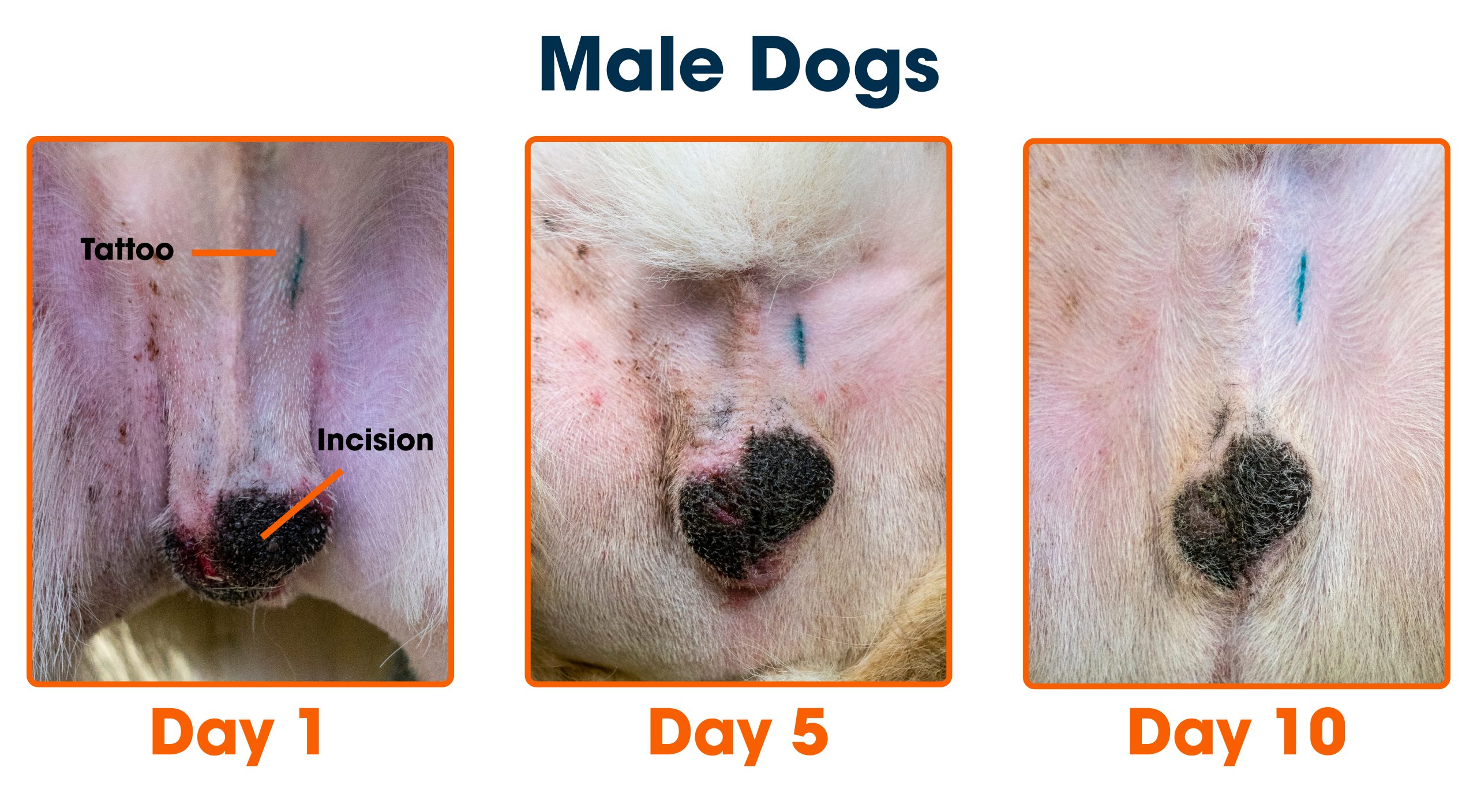Are you curious about turning your love for dogs into a rewarding career? Understanding how much a dog obedience trainer makes a year can help you decide if this path is right for you.
Whether you want to train dogs professionally or just want to know what to expect, this article will give you clear, straightforward answers. Keep reading to discover the factors that affect a trainer’s income and how you can boost your earnings in this exciting field.

Credit: dogwizard.com
Dog Trainer Salary Basics
Understanding the basics of a dog trainer’s salary helps you set clear expectations if you’re considering this career or hiring a professional. Salaries can vary widely depending on experience, location, and specialization. Knowing the typical earnings can guide your decisions and help you value the skill and effort involved in training dogs effectively.
Average Annual Earnings
On average, a dog obedience trainer in the United States earns between $30,000and $60,000per year. Entry-level trainers often start closer to the lower end, while experienced professionals or those who own training businesses can earn significantly more.
Keep in mind, trainers in large cities or affluent areas usually have higher earnings. Have you ever wondered how trainers balance passion and profit in this field? Understanding these figures helps you appreciate the dedication behind every well-behaved dog.
Hourly Wage Estimates
Hourly wages for dog trainers typically range from $15to $40per hour. This variation depends on the trainer’s expertise, the complexity of training sessions, and sometimes the type of dog being trained.
Many trainers charge more for private sessions or specialized behavior modification. If you were to hire a trainer, would you consider investing in hourly sessions or a package deal? Knowing these rates allows you to budget wisely and understand the value of personalized training.

Credit: www.zumalka.com
Factors Influencing Income
Several factors shape how much a dog obedience trainer earns each year. These elements affect salary levels and can vary widely. Understanding them helps to get a clearer picture of income potential in this field.
Experience And Certification
More experience often leads to higher pay. Trainers with years of practice handle complex cases better. Certification from recognized organizations boosts credibility. Certified trainers attract more clients and command better rates. Continuing education also plays a role in income growth.
Location And Market Demand
Income depends greatly on where the trainer works. Urban areas usually offer higher pay due to more clients. Rural regions may have fewer opportunities and lower rates. Local demand for dog training services influences earnings. Popular pet-friendly cities often show stronger market demand.
Type Of Employer
Trainers can work for companies, shelters, or be self-employed. Corporate trainers may receive steady salaries and benefits. Self-employed trainers set their own prices but face income fluctuations. Working at animal shelters or rescue groups often pays less. Private clients usually pay the highest fees per session.
Salary By Employment Type
How much a dog obedience trainer makes each year varies significantly based on their employment type. Your earnings can depend on whether you run your own business, work for a training school, or are employed by a pet store or veterinary clinic. Understanding these distinctions helps you make informed career decisions and set realistic income goals.
Self-employed Trainers
As a self-employed trainer, you control your rates and schedule, which can lead to higher earning potential. Many self-employed trainers charge between $40 and $100 per hour, depending on their experience and location.
However, your annual income depends on how many clients you secure and the costs you cover, like marketing and insurance. Have you considered how much time you want to spend on business management versus training dogs?
Working For Training Schools
Trainers employed by training schools usually earn a fixed salary or hourly wage. On average, salaries range from $30,000 to $50,000 annually, depending on the school’s size and reputation.
Working for a school offers steady income and fewer administrative responsibilities, but it can limit your flexibility. Would you prefer a stable paycheck or the freedom to set your own pace?
Pet Stores And Veterinary Clinics
Employment at pet stores or veterinary clinics often comes with a modest salary, typically between $25,000 and $40,000 per year. These roles might include additional tasks beyond training, such as customer service or pet care.
While the pay is generally lower, you gain access to an existing client base and resources. Could this environment provide the experience and exposure you need early in your career?
Additional Income Opportunities
Dog obedience trainers can boost their yearly earnings through various additional income opportunities. These options let trainers use their skills beyond basic sessions. Exploring these areas helps trainers earn more and expand their client base.
Private Lessons And Group Classes
Private lessons offer one-on-one training tailored to a dog’s specific needs. These sessions often command higher fees due to personalized attention. Group classes allow trainers to teach multiple dogs at once. This method saves time and increases income per hour. Both formats help trainers reach different client preferences and schedules.
Specialized Training Services
Specialized training includes areas like behavior modification and agility training. Trainers may also offer therapy dog preparation or service dog training. These services often have higher rates because of expert knowledge. Specialization attracts clients with unique needs and can create loyal customers. It also sets trainers apart in a crowded market.
Online Training And Content Creation
Online training expands reach beyond local clients. Trainers create video lessons, webinars, or e-books for sale. Content creation builds a passive income stream over time. Social media and websites help promote these products. This option allows trainers to work from anywhere and earn continuously.
Salary Growth And Career Advancement
Salary growth and career advancement in dog obedience training often depend on how you develop your skills and expand your business. The more value you bring to your clients, the higher your earning potential becomes. Let’s look at key areas that can boost your income and open new opportunities.
Building A Client Base
Growing a loyal client base is essential for steady income. You can start by offering free or discounted sessions to friends and family to gather testimonials. Positive word-of-mouth can lead to more referrals, which directly increases your earnings.
Have you thought about using social media or local community events to showcase your success stories? These platforms help you reach new dog owners who need training services. Consistently engaging with your audience builds trust and encourages repeat business.
Advanced Certifications
Obtaining advanced certifications makes you stand out and justifies charging higher rates. Certifications from recognized organizations show your commitment and expertise. This can attract clients willing to pay premium prices for specialized training.
Consider certifications in behavior modification or agility training to diversify your skills. These qualifications often lead to job offers from larger training centers or opportunities to run workshops. How could gaining one extra certification change your career path?
Expanding Service Offerings
Adding new services can increase your yearly income significantly. Think about services like group classes, private consultations, or online training programs. Offering packages or subscription plans encourages clients to commit long-term.
You might also include services like pet sitting or dog walking to create additional revenue streams. Have you explored what your local market lacks and tailored your offerings to fill that gap? This approach can boost both your reputation and your paycheck.
Comparing Dog Trainer Salaries To Other Pet Careers
Understanding how much a dog obedience trainer makes annually is more insightful when you compare it to other careers in the pet industry. Salaries can vary widely depending on the role, location, and experience level. By looking at related professions, you can better gauge where dog trainers stand and what opportunities might be worth exploring.
Veterinarians And Veterinary Technicians
Veterinarians typically earn a higher salary due to their extensive education and medical responsibilities. The average annual income for veterinarians often exceeds $90,000, reflecting their specialized skills and the critical nature of their work.
Veterinary technicians, while also essential, earn less—usually between $30,000 and $45,000 per year. Their salary depends on certifications and experience but generally falls below that of dog trainers with strong credentials.
If you’re passionate about animal health and have the time to invest in education, veterinary careers offer financial stability. However, if you prefer hands-on training and behavior work, dog training can be a rewarding alternative with a decent income.
Groomers And Pet Sitters
Groomers and pet sitters often have more flexible schedules but tend to earn less annually compared to dog obedience trainers. Groomers typically make between $25,000 and $40,000 a year, depending on clientele and location.
Pet sitters usually earn on an hourly basis, with annual earnings varying widely based on the number of clients. Many pet sitters earn less than $30,000 per year, but those who build a loyal client base can increase their income substantially.
Dog trainers often fall between these roles and veterinarians in terms of salary. Considering your lifestyle and income goals, would you prefer the steady but demanding path of a vet, or the flexible yet variable earnings of grooming and pet sitting?

Credit: www.instagram.com
Frequently Asked Questions
How Much Does A Dog Obedience Trainer Earn Annually?
A dog obedience trainer typically earns between $30,000 and $60,000 per year. Earnings vary by experience, location, and client base. Trainers with advanced skills or working in high-demand areas may earn more.
What Factors Influence A Dog Trainer’s Yearly Income?
Experience, certifications, location, and client demand significantly affect a dog trainer’s income. Trainers with specialized skills or who run private businesses often earn higher salaries. Geographic location also plays a crucial role in income variation.
Can Certification Increase A Dog Trainer’s Salary?
Yes, certification can boost a dog trainer’s salary. Certified trainers gain credibility and attract more clients. This often leads to better job opportunities and higher annual earnings.
Do Dog Obedience Trainers Earn More Working Independently?
Independent dog trainers often earn more due to setting their own rates. They manage their business expenses but benefit from flexible schedules and direct client payments, increasing potential income.
Conclusion
A dog obedience trainer’s yearly income varies by skill and location. Trainers with more experience often earn higher pay. Many factors affect earnings, such as client demand and training style. Some trainers work full-time, while others train part-time. Passion for dogs and patience are important in this job.
Earning potential grows with reputation and client trust. This career can be rewarding both financially and personally. Consider your goals and local market before starting. Training dogs well takes time but offers steady income.







